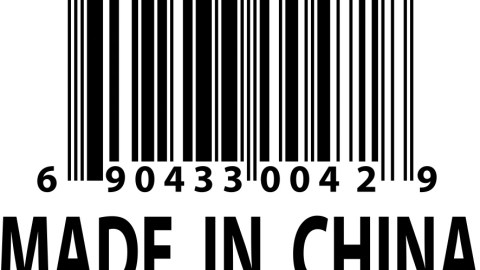Silicon Valley Could Use Some Guanxi

The Chinese can’t innovate, right? All that rote learning drummed into their cerebellums from birth. Cloning, now that’s a Chinese forte. It makes a comforting chestnut for Americans looking just over the horizon at what the world might look like in five or ten years from now. We still have our creativity right? No place like Silicon Valley! The trouble is that this conventional wisdom is changing.
The hard charging, highly productive, not terribly innovative Chinese entrepreneur is still there of course. So are the failures and the digital clones. Walk into the offices of Groupon’s Chinese joint venture, Gaopeng, and you get an odd purposeless feeling. A lot of chatter and social gaming going on. Too late to the party. Too much competition. A business model that may not really prove itself out before the red ocean devours it. Pretty soon Gaopeng will likely merge or die. Most of the kids working there will be fine. The attrition rate atChinese digital companies is north of 30%. For the educated and computer literate, it will be remarkably easy to find a job regardless of whether the official GDP numbers go up or down.
In contrast, the offices of Avos Beijing look a lot like the computer science lab at MIT. Incredibly young people working away with extreme focus. Too busy to look up. Their General Manager is Hong Jiang, an extremely thoughtful guy with a PHD in computer science from Yale who would absolutely still get carded in any American college town. Avos Biejing is being incubated by the Youtube founders, Steve Chen and Chad Hurley. They set priorities once a week via conference call. Their team here is building a next generation publishing platform so anyone can put out a digital magazine that’s gorgeous and accessible. Self expression tools for the Chinese digerati. Pinterest meets Flipboard? Issu combined with WordPress? The label works if you need it. The product is less important than the thinking and the process. This is a team building and iterating. Using the magic of quick sprints and agile product development to create something new.
Like a number of other startups I visited in China, this was not an outsourced factory with worker bees connecting the dots, trimming patterns, and smoking cigarettes while squatting on their haunches. These guys have a white board and they were using it. A lot of the developers are working six days a week. The right compensation structure is in place. A couple members of the team used to work at Microsoft and Google but “didn’t like the big company experience, working for the man.”
The writer James Fallows, who knows a lot about China, recently said there are a few big indicators we should watch for to see if China is really poised for innovation. Faster internet speeds and influx of top-tier academics from abroad are on his list. That makes sense. But respectfully, it’s absurd to keep judging China with sweeping generalizations. And yet people do it all the time. Okay, maybe “you will have a extremely challenging experience with your Chinese JV partner” might make the list for cynics, but aside from that the Chinese economy and society is simply too large and interesting for those old constructs. Sorry. It felt a lot more reassuring the other way.
The question now is not whether the Chinese are innovating, but what Americans are going to do about it? One big answer is Guanghxi (roughly translated as the crucial relationships that get stuff done). The last 25 years of Chinese economic development was made possible by opening up to the world. Now it’s our turn. Instead of fearing the exchange of talent, technology, and expertise we should embrace it. On our terms and theirs.
Steve Alperin has been Managing Editor at “The Daily,” Newscorp’s iPad newspaper and at ABCNews.com. He also served as Head Writer for ABC’s World News Tonight with Peter Jennings. He is currently a principal of the management consultancy DSA Digital.





